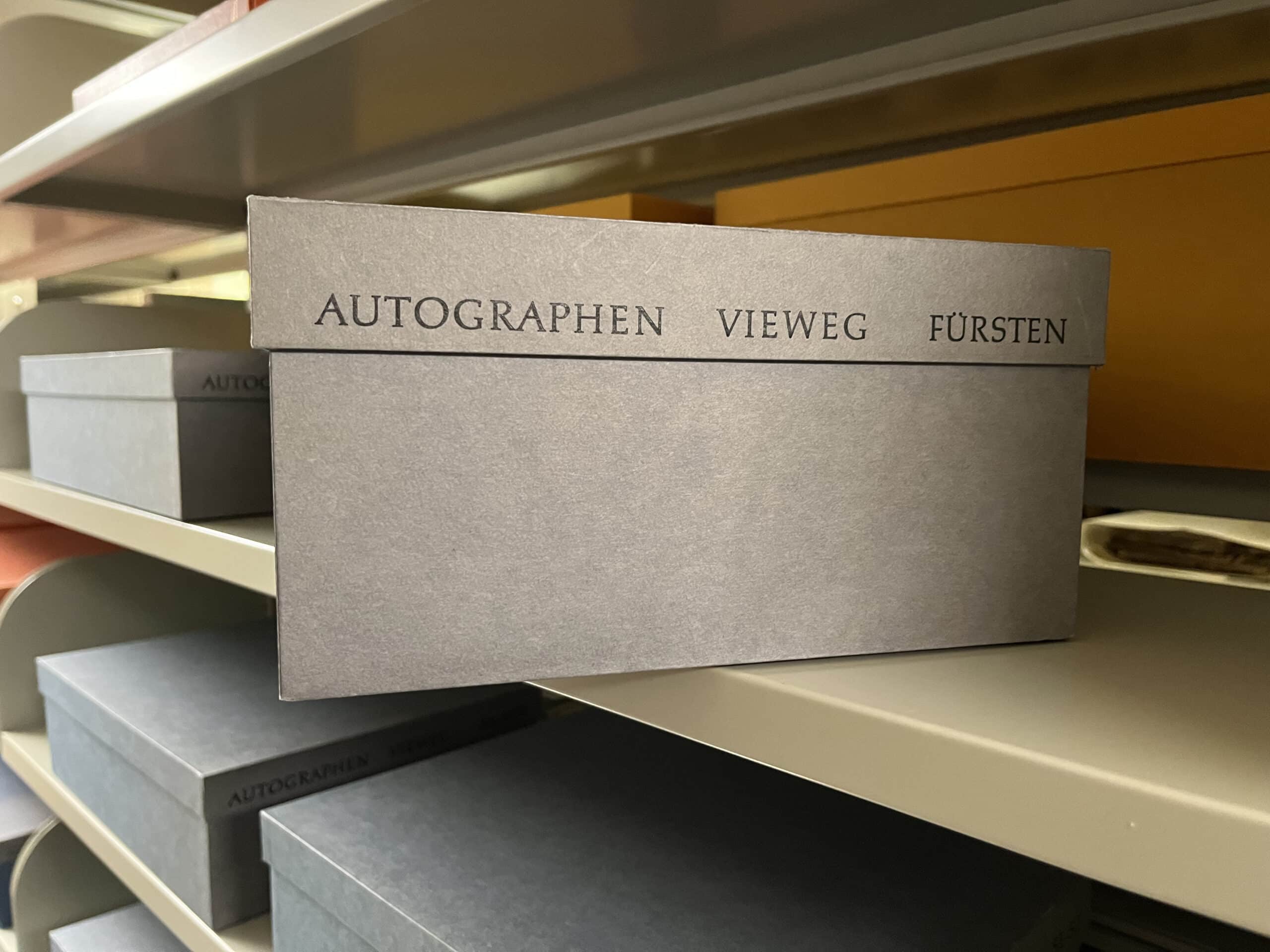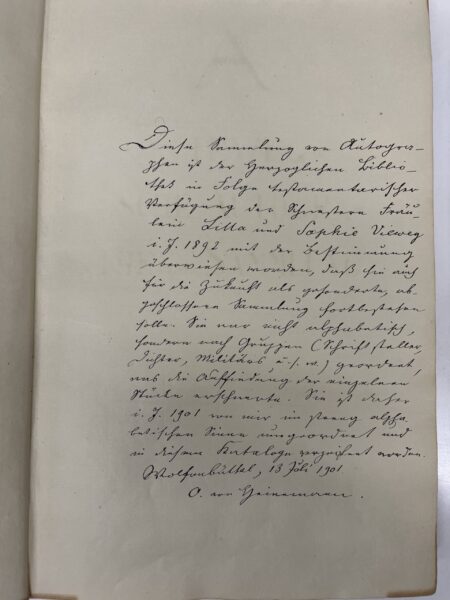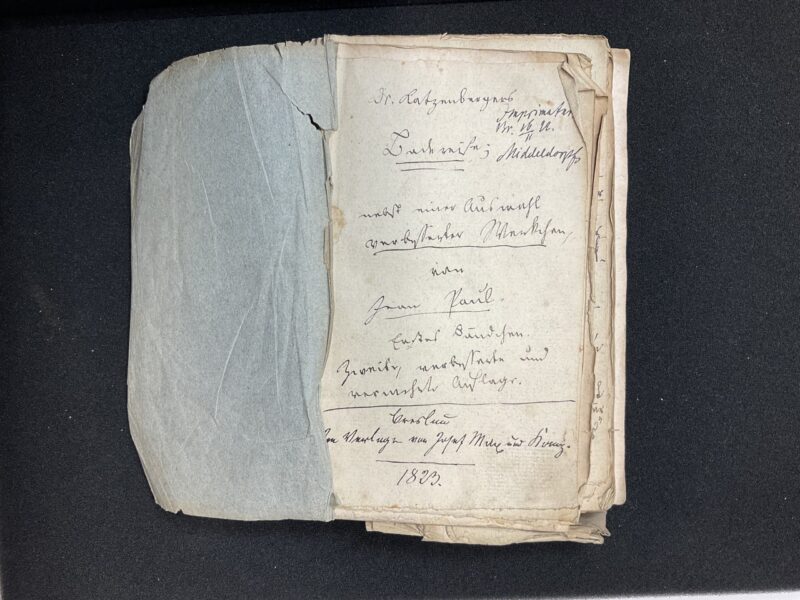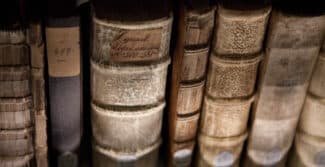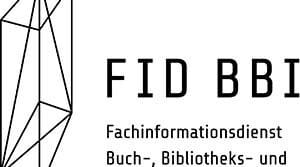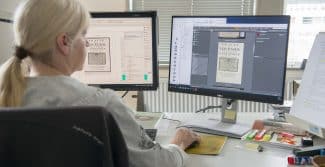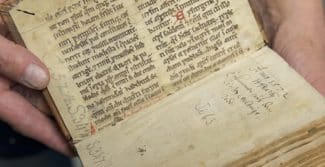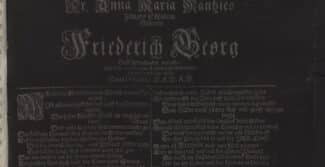28 November 2023
After their deaths, the corpus of letters, referred to as the ‘Vieweg Collection’, was transferred to what is now the Herzog August Bibliothek with the stipulation that it ‘should continue to exist as a separate, self-contained collection in the future’. It has been kept there ever since and is being catalogued in depth.
Sophie and Lilla Vieweg came from a renowned publishing family in Braunschweig, which ran the eponymous publishing company for more than a century, first in Berlin and later in Braunschweig. Vieweg can look back at an impressive series of publications of scientific and especially technical literature, some of it very significant. Friedrich Vieweg (1761–1835), from Halle an der Saale, founded the publishing house in Berlin in 1786. At the request of Herzog Karl Wilhelm Ferdinand, he settled in Braunschweig in 1799 and ran his publishing business from there.
Over the course of the 19th century, it established itself as one of the leading publishers in the German-speaking world and gained international recognition. Many important scientists and authors published their works with Vieweg, including Carl Friedrich Gauss, Johann Wolfgang von Goethe, Joachim Heinrich Campe, Hermann von Helmholtz and Ernst Mach. Vieweg became famous for its publications in the fields of mathematics and physics. Numerous pioneering scientific works, textbooks and specialist journals were published there, making a significant contribution to the dissemination of knowledge and the evolution of these disciplines.
The collection in the Herzog August Bibliothek
After the collection of letters was handed over to the library, the librarian at the time, Otto von Heinemann, reorganised the collection and listed the holdings alphabetically – dividing the authors into bourgeois and aristocratic – in a specially created catalogue. In the holdings of the Vieweg Collection is another catalogue that was not written by Heinemann, which means it is probably the original collection index. All authors were listed here in alphabetical order. Large gaps and empty pages indicate that the catalogue was maintained on an ongoing basis. In 1901 Heinemann himself wrote a note about the new catalogue he had created, saying that the collection was originally arranged by professions – for example, writers, poets and members of the military.
More recently, the collection has been listed in two different reference systems. Firstly, in the library’s in-house index of letter collections, which is available in bound form in the open-stacks area of the manuscript department, and secondly, in the Kalliope online database, to which the Herzog August Bibliothek’s autograph letter collection was added between 1998 and 2016.
The Vieweg holdings in Wolfenbüttel comprise some 2,000 letters from prominent figures and the circle of people around the family and publishing house. The collection also has 41 copperplate engravings, manuscripts, poems, scores, a family register sheet by Johann Gottfried Eichhorn and a first edition of Jean Paul’s novel Katzenbergers Badereise (Katzenberger’s Journey to the Spa, 1809) with countless notes by the author about the printing of the second edition. A handwritten visiting card of Ludwig van Beethoven and a hat feather worn by Field Marshal Radetzky during a revolutionary battle in 1848 are just some of the curiosities in the collection.
As a rule, a single letter or several letters attributed to one person are stored together in one envelope, occasionally alongside 19th-century newspaper articles about that person. In the case of some famous figures, a small sheet of paper with a description of the person was added later. The letters all date from the mid-18th to the mid-19th century. One early exception to this is a letter from Franz Egon Graf von Fürstenberg-Heiligenberg, Bishop of Strasbourg, dated 1664.
About a quarter of the letters are addressed to unknown recipients; another quarter relate to Joachim Heinrich Campe, the founder of the Braunschweigische Schulbuchhandlung (Braunschweig School Bookshop) and father-in-law of the founder of the Friedrich Vieweg publishing house. Around 180 letters are business letters dating from the publishing house’s founding years. The collection is divided into two inventories: the larger ‘Vieweg’ (shelf mark: V) and ‘Vieweg Fürsten’ (shelf mark: VF). The Vieweg Fürsten inventory contains almost 50 letters from members of the aristocracy, including Frederick the Great of Prussia and King Otto I of Greece. Their content is mostly business-related rather than private correspondence.
The collection includes seven letters written by Schiller and twenty-one by Lessing. Other famous figures represented include Johann Gottfried von Herder, Martin van Buren, Charles Dickens, Nicolo Paganini, Hans Christian Andersen, Richard Wagner, Immanuel Kant, Alexander von Humboldt, Willem Bilderdijk, Ludwig van Beethoven and Josef Wenzel Radetzky. The sheer diversity of the authors makes it clear that this is neither a systematic nor a complete collection of individual correspondence.
Access questions
A comparison of the inventory data in the bound catalogue of the Herzog August Bibliothek with the entries in the Kalliope online portal reveals numerous differences. For example, the shelf marks are not always reproduced correctly in Kalliope and several Klopstock letters are listed under a different name. Furthermore, letters are not clearly assigned to individuals, as documented, for example, by a signature.
It should also be noted that not all of the letters are obviously related to Vieweg, especially those in the Vieweg Fürsten sub-collection. This raises the question of who might have collected what and for what reason. For example, in the case of a number of well-known figures, such as Charles Dickens and Arthur Wellington, envelopes are present, but not their contents. Overall, there is no clearly discernible intention behind the collection.
Tasks for the HAB and potential research questions
One of the first things in need of attention are the contradictory entries in the various systems. An autoptic correction of the data records in Kalliope would certainly make sense here and be of most benefit to users. This should be followed by the gradual digitisation of the entire collection and its incorporation in the electronic manuscript catalogue.
Another step would be to investigate the extent to which the collection features in previous research. The Campe correspondence, for example, had been published by the mid-19th century. Research into the author’s copy of Katzenbergers Badereise revealed that it is the only surviving printed copy of Jean Paul’s work that was consulted for Behrend’s complete critical edition: ‘Fortunate circumstances have preserved the master copy for at least the first and third volumes: this is the only master copy of a Jean Paul work to come our way. It consists of a disassembled copy of the first edition.’ However, this copy is not listed in a recent publication on the origins of the second edition.
The authors
Julia Kromminga
Julia Kromminga co-authored this post which was written as part of a ten-week internship at the Digital Editions Centre and a workshop at Universitätsbibliothek Braunschweig (Braunschweig University Library). If you are interested in learning more about the work of the Herzog August Bibliothek, please contact ed.ba1714150298h@tfn1714150298uksua1714150298.
